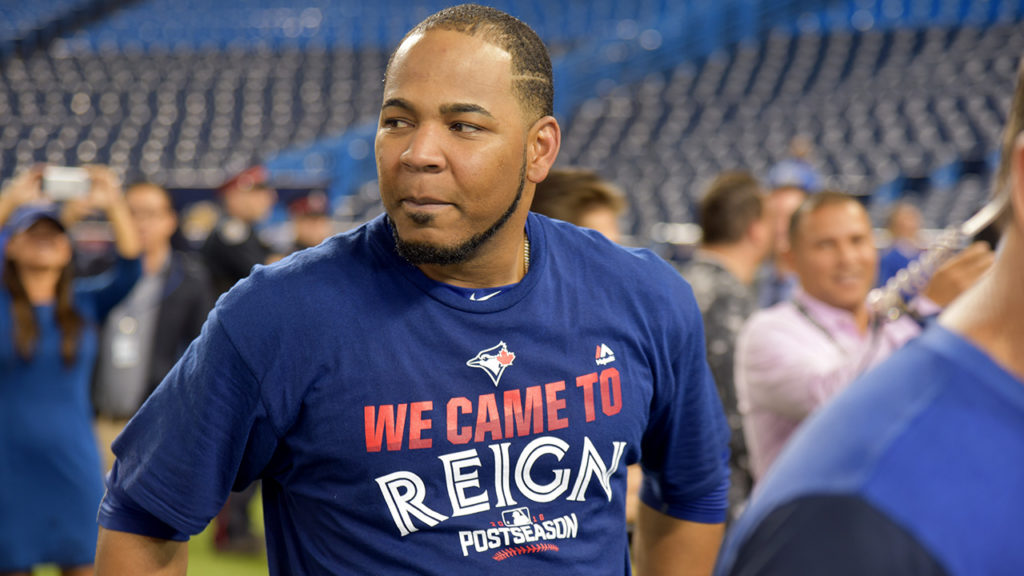Baseball world in suspense as CBA deadline looms
DALLAS – Players accustomed to performing in front of tens of thousands of fans weighed high-stakes decisions in relative anonymity Tuesday, when MLB’s chief negotiators visited the MLB Players Association’s annual meetings in the hopes of reaching a new collective bargaining agreement.
As stars such as Jose Bautista, Carlos Beltran, Matt Harvey, Curtis Granderson and Paul Goldschmidt milled about the hotel lobby in plain clothes, few fans and media took note. One player was stopped for a photo—only this time he was on the other side of the lens, tasked with snapping a picture of an unassuming vacationing family.
That said, there’s no mistaking the importance of these bargaining sessions. When MLB’s labour team arrived at MLBPA’s temporary headquarters Tuesday afternoon, chief legal officer Dan Halem was leading the way. Also in the building: dozens of players of varying ages and backgrounds who made the trip to participate in bargaining.
With barely more than 24 hours remaining before the sport’s current collective bargaining agreement expires, cautious optimism emerged that a deal would be completed. All that can change in short order, though, so both sides were disinclined to speak on the record. As one veteran player remarked, “I don’t want to jinx anything.”
Wednesday night is more than just a token deadline, too. If there’s no agreement in principle, the possibility of a lockout exists after 21 years of labour peace. Even an extended slowdown would hurt the game. Baseball’s a 12-month per year revenue machine these days with a hot stove season about to reach its peak and a network to support. Even if there are no games scheduled for another four months, both sides benefit from reaching an agreement as soon as possible.
Here’s the challenge, though: in a multi-variable negotiation, everything’s connected. Maybe owners don’t need an international draft, but that’s sure to impact their view of the luxury tax threshold, revenue sharing or the qualifying offer (a continued source of frustration for many on the player side). It’s all connected, right down to the last detail.
Complicating matters, each side must take a variety of sometimes competing viewpoints into account. Teams are sure to argue for different revenue strategies, for example. Players, meanwhile, have a wide range of views on the international draft, with some opposing the concept wholeheartedly and others more inclined to prioritize rostered players even if it means giving up some rights of the international prospects who have yet to become union members.
Player agents are hopeful the luxury tax will rise beyond $189 million, where it has remained for the past two collective agreements. If fewer penalties exist for signing players, teams would theoretically be more inclined to spend. Otherwise, the luxury tax would continue to inhibit spending.
Until teams know where the limit will sit in 2017, some top tier free agents like Edwin Encarnacion are left waiting. Agent Paul Kinzer said his client’s market picked up following the New York Mets’ $110-million agreement with Yoenis Cespedes, but he noted that “a few teams are waiting on the CBA.”
Team officials have been able to conduct business more easily, with one executive suggesting the uncertainty has had “minimal to no impact” and another suggesting action will pick up at the Winter Meetings next week.
There are no guarantees in collective bargaining, not with this much at stake and this many voices involved. Neither side seems likely to agree for the sake of an agreement, but surely both are aware that slowing the momentum of a $9-billion industry would come with risks of its own.


